 [Photographer and filmmaker Mary Ellen Mark passed away on Monday, May 25, 2015, in Manhattan. According to her New York Times obituary, “The cause was myelodysplastic syndrome, a disease affecting bone marrow and blood, said Julia Bezgin, her studio manager.”
[Photographer and filmmaker Mary Ellen Mark passed away on Monday, May 25, 2015, in Manhattan. According to her New York Times obituary, “The cause was myelodysplastic syndrome, a disease affecting bone marrow and blood, said Julia Bezgin, her studio manager.”
In 2011 I had the pleasure and honor of introducing Mary Ellen’s work to the audience for photography in mainland China, in an exhibition I curated for See+ Art Space / Gallery (located in the 798 Art Zone, 2 Jiuxianqiao Road, Chaoyang District, Beijing). The show opened almost exactly 4 years ago, June 4, 2011, and ran through July 17. We called it “Portrait as Document,” drawn from the title of the curator’s essay that I wrote to accompany her pictures and contextualize them for new viewers in a culture very different from our own. It’s online at the gallery’s website, but not easy to find, so I’m posting it here, as a tribute. — A. D. C.]
•
Mary Ellen Mark:
Portrait as Document
by A. D. Coleman
Since the beginning of her photographic work in the middle 1960s, Mary Ellen Mark has brought her ever-widening audience into awareness of a series of real-world environments in which everyday people — often, though not always, people in crisis — negotiate their day-to-day activities, their relationships, and, sometimes, their very survival.
She has no inclination to either glamorize or romanticize people in crisis. She approaches her subjects neither in awe nor judgmentally, but instead with a combination of genuine interest and palpable respect. (Mark says, “If people don’t like you and don’t trust you, you are not going to get great pictures.”) As the images reveal, she has the invaluable, conjoined abilities so necessary to the craft of photographic portraiture: evoking a notable presentation of self from the subject, while convincing the viewer that the light bouncing off the person in that fraction of a second to register on her film has revealed something important about his or her inner life.
She shares these skills in various ways with movie directors, cinematographers, and actors, around whom she has spent much of her professional life on magazine assignments or as a “special stills photographer.” (Over the years she has photographed on over 100 film sets, including such classics as Francis Ford Coppola’s Apocalypse Now and Federico Fellini’s Satyricon.) In addition to using the income from that application of her craft to subsidize her personal projects, she credits her access to the moviemaking environment with enhancing skills she’s applied in the creation and development of her independent undertakings.
Certainly it’s proved invaluable also in the creation of the several documentary films on which she’s collaborated with her husband, filmmaker Martin Bell: Streetwise (1985), Circus of Dreams (1993), Twins (2002), Erin (2005), Alexander (2006), and Prom (2010). These films have been screened internationally; Streetwise, which is feature-length, received a 1985 Oscar nomination. In most cases — Streetwise, Circus of Dreams, Erin, and Alexander — the films evolved from still-photography projects Mark had undertaken; Twins and Prom were conceived as simultaneous still/film projects.
Mark has published photo-essays and portraits in such periodicals as LIFE, the New York Times Magazine, The New Yorker, Rolling Stone, and Vanity Fair. Some of her long-term projects (such as Streetwise) began as assignments, while segments of others have appeared in magazines and newspapers after she completed or initiated them. And her body of work, broadly described, engages with an assortment of sociocultural themes and issues. As a result, she often gets classified as a photojournalist or documentary photographer, and while there’s some truth to that categorization it’s also misleading.
We tend to think of such picture-makers as storytellers, tracing or retracing a chain of events, investigating and analyzing a set of circumstances, describing and contextualizing various activities, informing us as to how something came about, showing us how a person, or a group of people, tries to grapple with whatever life situation they face. But that’s not Mark’s inclination (though her account of the work of Mother Teresa and her Missions of Charity in Calcutta, India shows Mark as entirely capable of such an approach). Were she a movie director we’d describe her as concerned much less with plot or event than with character.
Fundamentally, Mark functions as a portraitist, fascinated by facial expression, body language, and costume. She treats her subjects, implicitly, as collaborators: “You have to learn a certain diplomacy when you’re doing documentary,” she told one interviewer. “You have to be able to understand very quickly the framework of every situation you find yourself in, and be able to take command, in order to get the pictures you want.”
Most of her images take the form of environmental portraiture, in which she depicts her subjects in the contexts of their lives. For these series she works with small cameras, 35-mm. and 2-1/4″ single-lens reflex. But several recent projects — one involving an annual convention of twins and the other the once-yearly springtime U.S. rite of passage generically referred to as “prom night” (the dance party for high-school graduates) — have involved a return to something akin to the 19th-century photo studio: a neutral cloth-draped set, artificially lit, into which her subjects step by prior appointment to present themselves to Mark and the imposing Polaroid 20×24 camera, which produces large one-of-a-kind instant positives.
The people into whose working and/or personal lives Mark introduces herself and her cameras are often in extremis, in some ways at high risk. Typically, some aspect of their lives marginalizes them, places them outside the mainstream. As she said in 1987, “I’m just interested in people on the edges. I feel an affinity for people who haven’t had the best breaks in society. What I want to do more than anything is acknowledge their existence.”
What those people who “haven’t had the best breaks” share is that something inherent in their social status gives the average citizen unofficial, de facto permission to stare. The mental patients, street kids, prostitutes and their clients, developmentally disabled children with their caregivers, traveling circus performers, and twins with whom Mark has spent time all live with the fact that their circumstances, their professions, or their physical selves set them apart from their fellow citizens. It has made them pariahs in some cases and oddities in others.
Their differentness generally doesn’t result from choice; chance, or fate, has thrust it upon them, and they adapt to it as best they can. But it guarantees that they’ll get looked at, even scrutinized, treated not infrequently like specimens in a zoo. So Mark’s empathetic portraits serve as a bridge between her subjects and her viewers, diminishing their otherness, connecting us to them by the simple expedient of enabling us to study them closely and, more often than not, to look into their eyes.
Mark’s projects can seem open-ended; the Falkland Road exploration spans approximately ten years. (“I never feel there is enough time when working on a big project,” she says.) She’s particularly drawn to the young — specifically, those between the age of ten or so and their late teens. At some point in reviewing decades of her work one gets struck, inevitably, with the predominance of studies of people in that age group. Several of her major projects — Streetwise (1988), A Cry for Help (1996), and Extraordinary Child (2007) — have specifically concentrated on the vulnerability of the young.
In most of the others, children and/or teenagers play a central role: Falkland Road (1981), Indian Circus (1993), Twins (2003). The underage performers in the Indian circuses seem happily adapted to their unusual lives, and the young twins in that more recent project have presumably adjusted to their status as biological pairs. But only the graduating high-schoolers in the prom-night suite represent approximately normal kids at a pivotal but stereotypical high point in their lives.
This doesn’t mean that Mark treats those aged 10-20 as a “cause” of some sort, merely that she has found herself drawn repeatedly to this phase of life more than any other, in a wide assortment of its manifestations across cultures both eastern and western. Part of her ongoing inquiry concerns that decade of life as one during which adult personality and socialization skills get shaped; another aspect of it contemplates the ways in which cultures (and microcultures) either succeed in providing the support young people need to thrive or else fail them during this crucial period.
Joseph Conrad, on whose short story “Heart of Darkness” Coppola based the film Apocalypse Now, wrote that “The task approached in tenderness and faith is to hold up unquestioningly, without choice and without fear, the rescued fragment before all eyes and … reveal the substance of its truth. [I]f one be deserving and fortunate, one may perchance attain to such clearness of sincerity that at last the presented vision … shall awaken in the hearts of the beholders that feeling of unavoidable solidarity … which binds men to each other and all mankind to the visible world.”
“Only connect,” wrote E. M. Forster, in the same spirit. Palpable in Mark’s work, that “clearness of sincerity” consistently generates the sense of solidarity and connection — to each other, and to the world — that these authors advocated. They saw this as necessary, above all, for the full actualization of our true humanity. If we consider our species as an organism, a body, we might say that they chose in their own ways to serve as synapses through which communication among that body’s individual cells might pass. We can measure their achievement by the fact that their works, and their reasons for producing it, resonate today. Mary Ellen Mark shares those motives, and those premises. The reverberations of her images, singly and cumulatively, have only begun.
© Copyright 2011 by A. D. Coleman. All rights reserved. By permission of the author and Image/World Syndication Services, imageworld@nearbycafe.com.


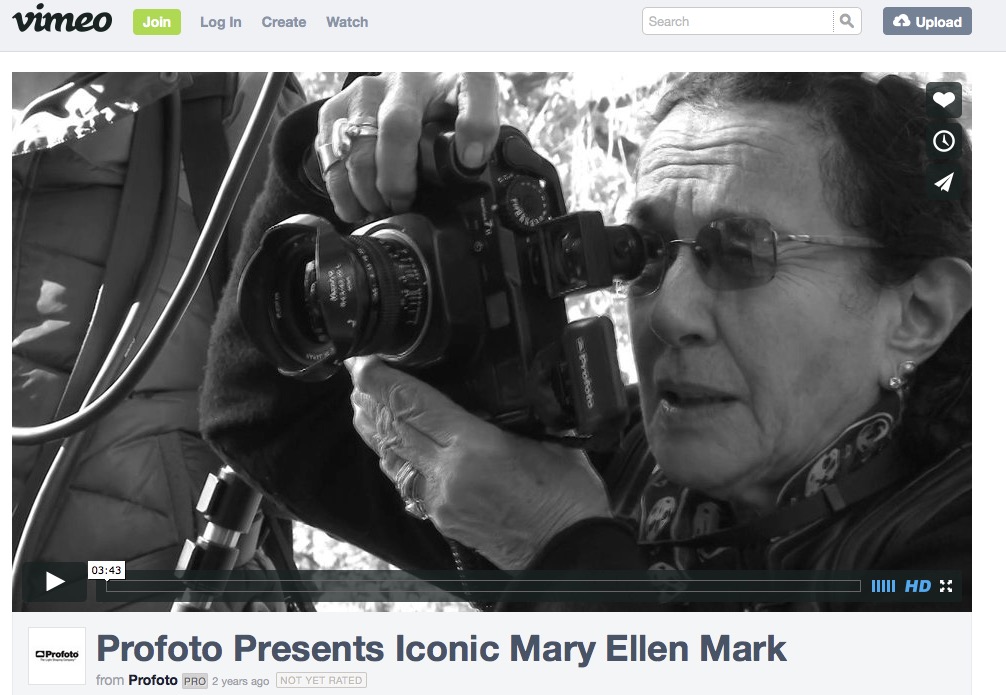
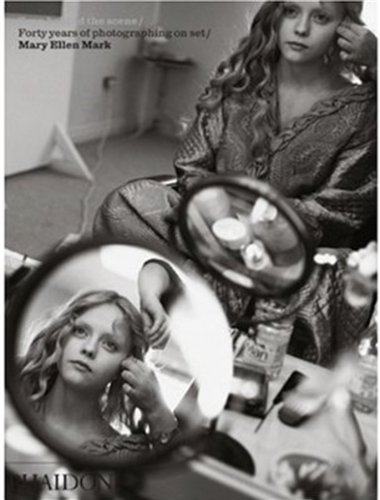
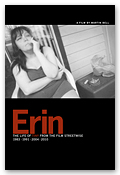
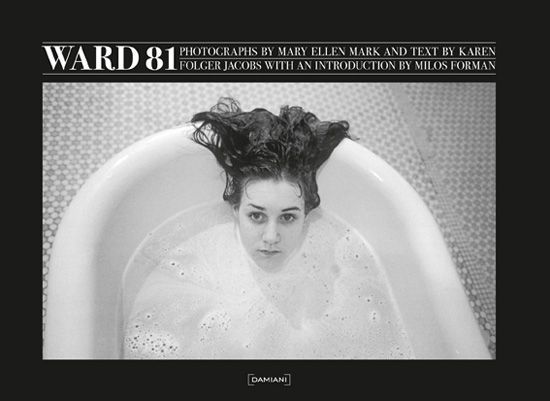
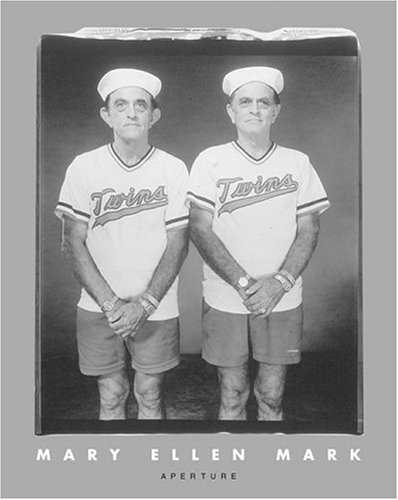
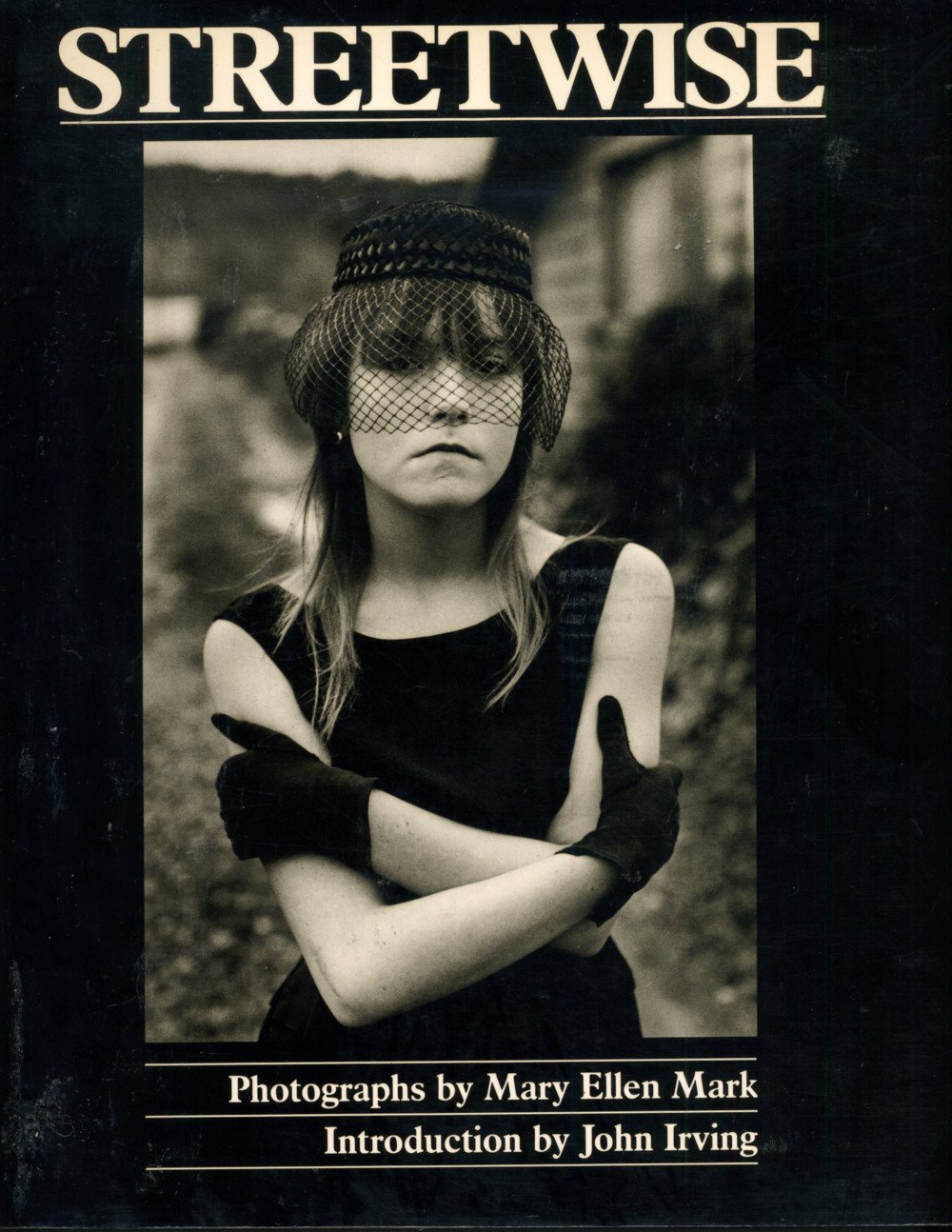
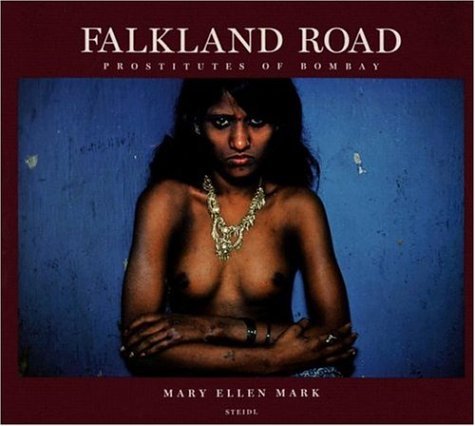




Dear A. D. Coleman
What a beautiful and thoughtful reflection …
Thank you,
Ralph Burns
Allan,
I had the pleasure of hosting Mary-Ellen at Artists Talk On Art on the occasion of a panel put together and moderated by John Reuter of the 20X24 Studio of whom she was a client. I was impressed by her low key and accessible personality, especially as she was so well known.
Best,
Doug
Allan,
Your obituary on Mary Ellen was superb.
Best as always,
Ralph
Excellent read and of course, inspirational.
Thanks.
Philippe
Allan,
A wonderful piece and a fitting tribute to Mary Ellen.
Best,
Stephen
Thanks so much for making available your curator’s essay, especially for reminding us how powerful images expressing “the self’s volatile and transient here and now” can really only be created when the reality on both sides of the camera somehow connects. I can only claim two degrees of separation from Mark yet everything I’ve heard/read describes someone with a genius for holding her gaze before the subject without scaring away the subject’s own experience of their existence. And then to be able to render that powerfully in images! (I have also heard she could be a tough teacher, yet oftentimes that describes a teacher committed to the student’s growth although said student might not see it that way at the time.)
I’d be interested to read your reflections on how the exhibition visitors in China responded to “Portrait as Document” — but then again, maybe you’ve already done this.
For the present, however, her death reminds me how much she has left behind in images revealing new ways of imagining ourselves as human.
All the best,
Mike
Thanks for your good words.
I curated this show from home, so I wasn’t able to attend the opening or spend time at the gallery during its run. Thus I didn’t get to discuss the work with any of the visitors. And the critical scene there is, to be generous, nascent — meaning that much of the response in the Chinese press consisted of translated passages from the gallery’s press release, my curatorial essay, and her bio.
That holds for the entire string of shows I curated there — at See+ Art Space/Gallery in Beijing and photo festivals in Lianzhou and Dali — from 2008-12: Arno Rafael Minkkinen, Wynn Bullock, Jerry Uelsmann, Maggie Taylor, Harold Feinstein, George Tice, Kate Breakey, Ralph Gibson, Arthur Tress, and a handful of others. For most it represented the debut of their work on the mainland. I don’t really have a clear sense of what these shows meant to that audience.
Thank you for sharing this beautifully written piece.
My Best to you
Hi, Allan,
I’m just back from 10 days in London, and had not heard about Mary Ellen. Your clear, unsentimental and apt appreciation is quite fitting. Loved the Conrad quote. I remember some years ago your mentioning that you harvest quotes good for photography.
Best,
David